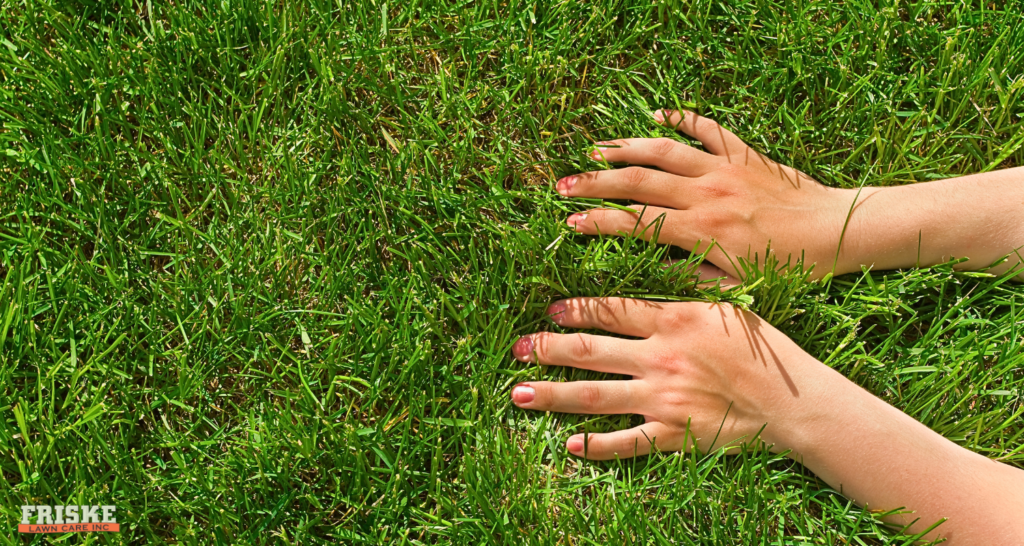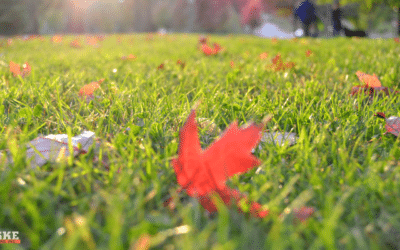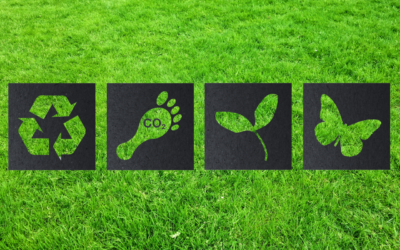Wisconsin’s climate presents unique challenges and opportunities when it comes to maintaining a lush, green lawn. Madison homeowners need to choose the right grass type to ensure their lawn stays healthy through the state’s cold winters and warm summers. With cool-season grasses thriving best in Wisconsin, understanding their characteristics and maintenance needs can help you cultivate a lawn that enhances curb appeal and withstands seasonal changes.
Best Grass Types for Madison, WI
Since Wisconsin falls within the cool-season grass zone, the best grasses for Madison lawns are those that can handle cold winters and thrive in the mild to warm growing seasons of spring and fall. The most popular choices include:
1. Kentucky Bluegrass (Poa pratensis)
- Why It’s Popular: Kentucky bluegrass is a top choice for Wisconsin lawns due to its rich green color, fine texture, and self-repairing ability.
- Strengths: Tolerates cold winters well, spreads via underground rhizomes, and creates a dense, attractive turf.
- Weaknesses: Slower to establish compared to other grasses, requires more maintenance and watering in dry periods.
- Best For: Homeowners who want a lush, dense, high-quality lawn and are willing to put in the effort for upkeep.
2. Perennial Ryegrass (Lolium perenne)
- Why It’s Popular: Fast germination makes it a great choice for quick lawn establishment or overseeding bare spots.
- Strengths: Germinates in as little as five days, has a fine texture, and provides a rich green color.
- Weaknesses: Doesn’t spread on its own, is prone to winter damage, and requires reseeding in high-traffic areas.
- Best For: Blending with Kentucky bluegrass for a quick-establishing, visually appealing lawn.
3. Fine Fescues (Festuca spp.)
- Why It’s Popular: Fine fescues are known for their low-maintenance requirements and ability to thrive in shade.
- Strengths: Drought-resistant, thrives in poor soil, requires less fertilizer, and grows well in shaded areas.
- Weaknesses: Less tolerant of heavy foot traffic, can become thin without proper care.
- Best For: Homeowners with shaded or low-maintenance lawn areas.
4. Tall Fescue (Festuca arundinacea)
- Why It’s Popular: Tall fescue is highly durable and more heat-tolerant than other cool-season grasses.
- Strengths: Deep root system provides excellent drought tolerance, requires less water, and handles foot traffic well.
- Weaknesses: Coarse texture makes it less visually appealing than Kentucky bluegrass or ryegrass.
- Best For: Homeowners looking for a tough, low-maintenance lawn that can handle drought conditions.
5. Mixing Grass Types for the Best Results
Many Madison homeowners opt for grass seed blends that combine Kentucky bluegrass, perennial ryegrass, and fine fescues. This combination provides a resilient lawn that offers the best features of each grass type, such as rapid establishment, cold hardiness, and shade tolerance.
Essential Lawn Care Tips for Wisconsin Grass
No matter which grass type you choose, proper maintenance is key to keeping your lawn healthy year-round. Here are some important lawn care practices for Madison homeowners:
1. Early Spring Prep
- Rake away winter debris to promote new growth.
- Apply pre-emergent herbicides in early spring to prevent crabgrass and other weeds.
2. Mowing Best Practices
- Set your mower height to 3 to 3.5 inches to encourage deep root growth.
- Avoid cutting more than ⅓ of the grass blade at a time to prevent stress.
3. Watering Strategies
- Lawns need about 1 to 1.5 inches of water per week during the growing season.
- Water deeply and infrequently to encourage deep roots, preferably in the morning.
4. Fertilization & Soil Health
- Apply a balanced fertilizer in early spring and late summer.
- Conduct a soil test to check pH levels and nutrient deficiencies.
- Avoid over-fertilizing, which can lead to excessive growth and more maintenance.
5. Aeration & Overseeding
- Aerate compacted soil in the fall to improve water and nutrient absorption.
- Overseed with a grass blend to keep the lawn thick and healthy.
6. Winter Protection
- Avoid heavy foot traffic on frozen grass to prevent winter damage.
- Use calcium-based de-icers instead of salt to protect grass near sidewalks and driveways.
Choosing the right grass type is the first step toward a beautiful, thriving lawn in Madison, WI. Whether you prefer the rich look of Kentucky bluegrass, the resilience of tall fescue, or a shade-tolerant mix, your lawn can thrive with the right care. By following seasonal maintenance practices and selecting a grass type suited to your property’s needs, you’ll enjoy a green, healthy lawn year after year.
If you need help preparing your lawn for spring or selecting the best grass type for your property, consider reaching out to a local lawn care professional in Madison. A well-maintained lawn not only enhances curb appeal but also creates a welcoming outdoor space for your home.
Friske Lawn Care is here to help you manage your lawn for the upcoming season with expert mowing, aeration, and more—contact us today!
Prepping Your Lawn for Fall: Essential Tips for Midwest Homeowners
As autumn begins to sweep across the Midwest, the changing leaves bring a reminder: it’s time to prepare your lawn for the colder months ahead. Ensuring your grass is healthy now can make a big difference in its vitality next spring. Below are some essential fall lawn...
The Therapeutic Benefits of a Well-Maintained Lawn
In the hustle and bustle of modern life, finding a sanctuary can make all the difference in maintaining our mental well-being. One such refuge may be closer than you think: your own backyard. A well-maintained lawn is not just a mark of curb appeal—it can be a serene...
Organic Lawn Care Tips for Eco-Friendly Homeowners
As more homeowners become environmentally conscious, the shift towards organic lawn care practices is becoming increasingly popular. Not only does it ensure a beautiful lawn, but it also protects the health of your family, pets, and the local ecosystem. Here’s a guide...




